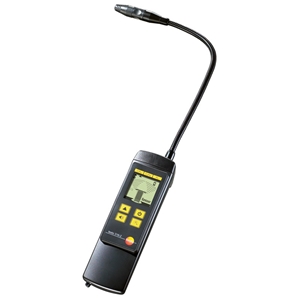When working in dangerous environments such as Australian coal seam gas (CSG) production wells, monitoring gas emissions for both the environment and employee health is critical.
However, based on a new report from the country’s Commonwealth Scientific and Industrial Research Organisation (CSIRO), greenhouse gas emissions are very low compared to the volume of gas produced from within the wells.
In particular, fugitive methane emissions from the worksites investigated were found to be well within safe limits.
The report, ‘Field Measurements of Fugitive Emissions from Equipment and Well Casings in Australian Coal Seam Gas Production Facilities’ was designed to give Department of the Environment officials a gauge into emissions rates from a number of wells in Queensland and NSW.
Methane emission findings
Across the 43 wells examined by CSIRO scientists, approximately 0.6 grams of methane per minute was recorded. In addition, the mean emission rate was around 3.2 grams per minute.
Over a day, a well could emit 29,6000 m3 per day which is around 0.02 per cent of total production. However, these figures are well below US gas production levels and equate to the daily methane emission of four cows.
Growing coal seam production
Australia’s CSG industry has developed dramatically in recent years and a number of plants are either under construction in Queensland or have just begun business. It is expected that gas production will continue to increase over the next few years and jobs will ultimately increase.
As a result of this productivity, fugitive methane gas production will continue to be danger to workers. To ensure that safety of employees underground and in wells, appropriate gas detection equipment will be necessary.
One useful tool would be the testo 316-2 Multi Gas Leak Detector which is specifically designed for fast measurements with its integrated pump system. The user-friendly device can also detect hydrogen in the atmosphere.









 Reduce cooking oil costs while ensuring quality
Reduce cooking oil costs while ensuring quality Expert knowledge on CO2 monitoring
Expert knowledge on CO2 monitoring Refrigeration knowledge - in 3 modules
Refrigeration knowledge - in 3 modules



